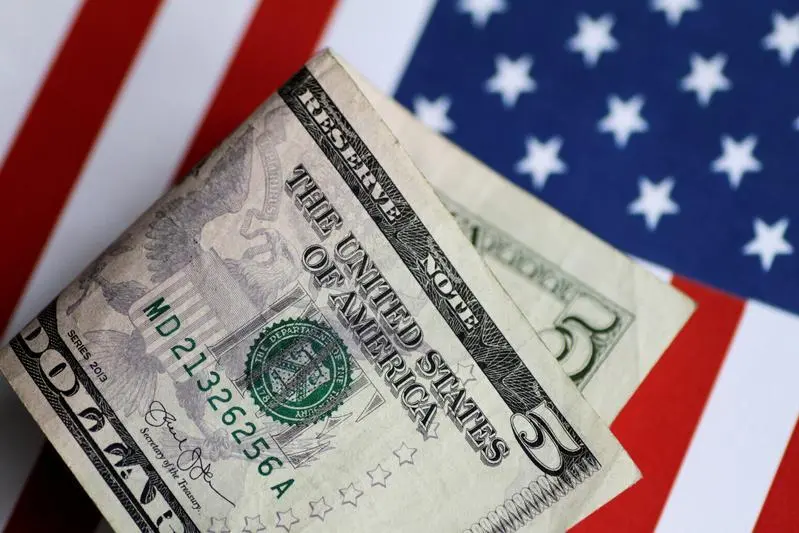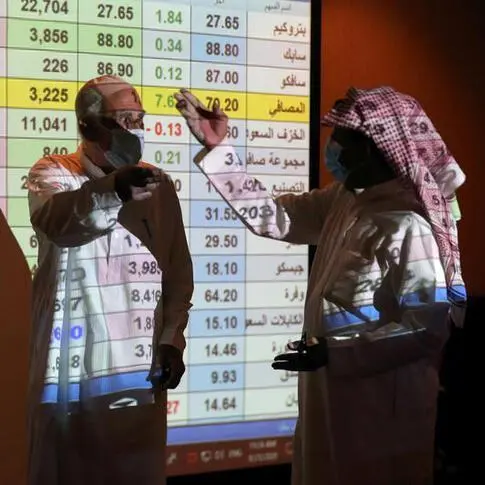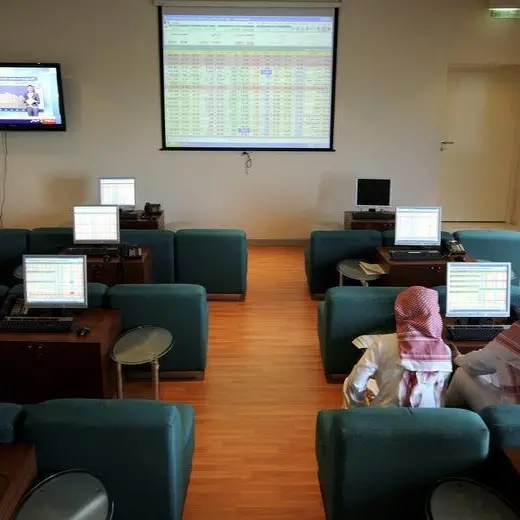PHOTO
LONDON- The dollar extended its gains on Thursday and commodity currencies took a hit from lower oil prices, with markets worried about Europe's second wave of coronavirus infections, while the euro fell before the European Central Bank meeting.
Rapidly rising COVID-19 infection rates in Europe, along with caution ahead of the U.S. elections, triggered the worst market sell-off since June earlier this week.
France and Germany ordered their countries back into lockdown, after Europe's death rate jumped 37% last week.
"The safe haven currencies of the US dollar, yen and Swiss franc have been boosted by building fears over the darkening outlook for global growth," MUFG currency analyst Lee Hardman said in a note to clients.
But even as equity markets recovered, currency markets showed signs of investor caution.
Implied volatility gauges with a one-week maturity for currency pairs such as euro-dollar and dollar-yen, rose to their highest in more than six months on Wednesday, and remained elevated on Thursday.
The dollar extended its gains, hitting a 10-day high of 93.674 at 1134 GMT.
"The dollar looks like it’s starting to trade independently of risk appetite and more on the U.S. election story," said Stephen Gallo, European head of FX strategy at BMO Capital Markets.
The European Central Bank's policy announcement is due at 1245 GMT, followed by a news conference at 1330 GMT.
The central bank is expected to hold off with new stimulus measures this week but is likely to signal more action in December.
"Compared to the September meeting, the focus will not be so much on the ECB comments on the exchange rate," wrote ING's chief EMEA FX and IR strategist, Petr Krpata.
"Instead all eyes will be on hints at further easing, likely via the additional bond purchases," he said.
Krpata said the euro has been resilient despite the euro-specific negative news such as the second wave in Europe, downgrades to euro zone growth outlook and market expectations of further easing in December.
The euro was down 0.3% on the day at $1.171 at 1146 GMT.
"It looks like there’s a bit more demand for euro downside in the options market, on the one-month duration," BMO's Stephen Gallo said.
Against the yen, the euro fell to new three-month lows, down 0.5% on the day at 122 yen at 1150 GMT.
The yen was broadly steady against the dollar at 104.195 after the Bank of Japan trimmed its economic growth and inflation forecasts but, as expected, made no changes to its monetary policy.
The riskier Australian and New Zealand dollars both extended the previous session's losses versus the U.S. dollar.
Commodity currencies took a hit as oil prices fell. The Norwegian crown hit one-month lows versus both the dollar and euro. The Russian rouble also came under pressure, touching its lowest versus the euro since early 2016.
China's offshore yuan was up 0.2% on the day at 6.7162 to the dollar at 1152 GMT. China's major state-owned banks have been swapping U.S. dollars for yuan this week, traders said on Thursday, suggesting monetary authorities were trying to rein in the currency.
The onshore yuan has appreciated 7% against the dollar since the depths it hit in May.
(Reporting by Elizabeth Howcroft Editing by Tomasz Janowski and Steve Orlofsky) ((Elizabeth.Howcroft@thomsonreuters.com; +44 02075427104;))












